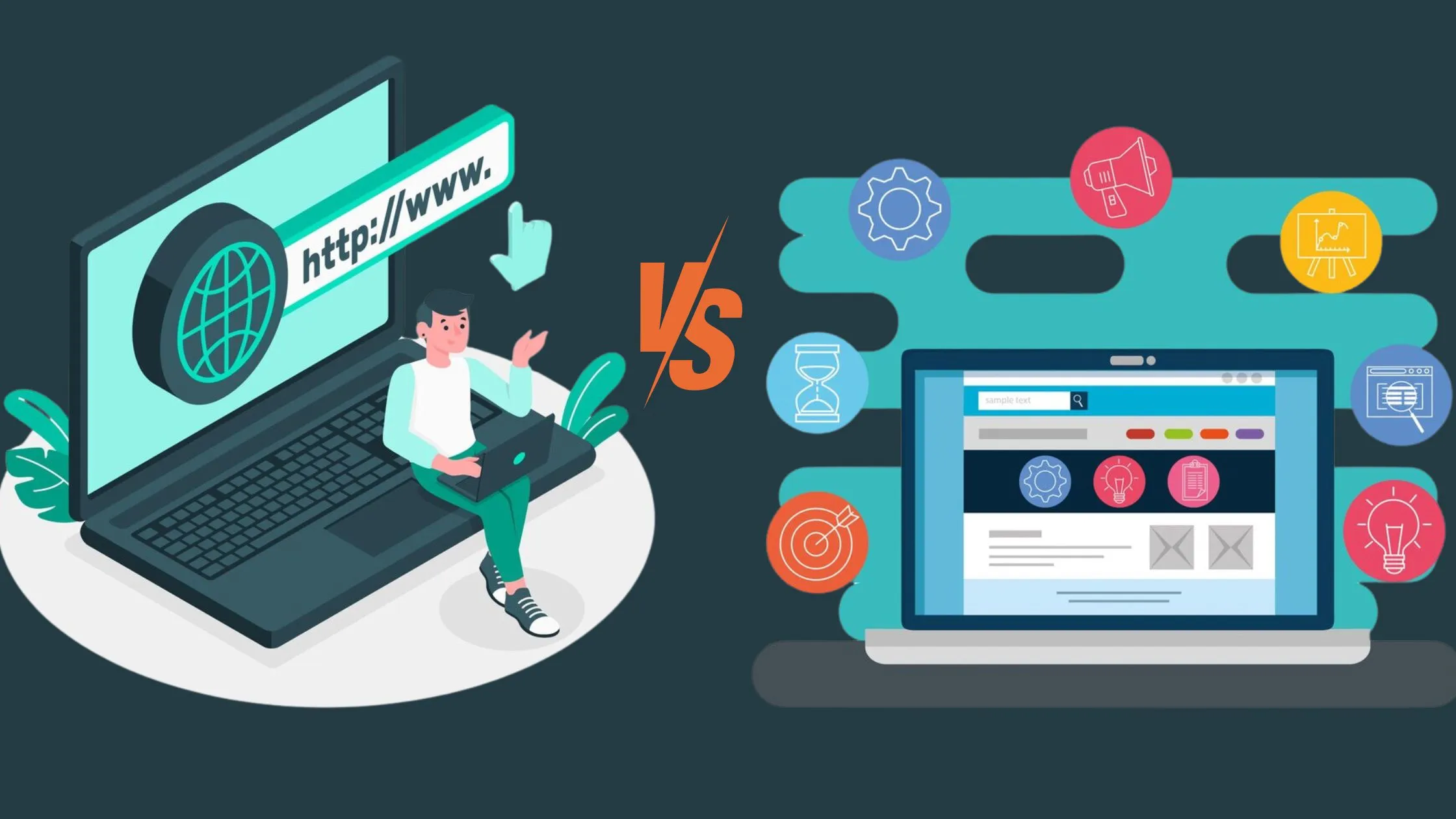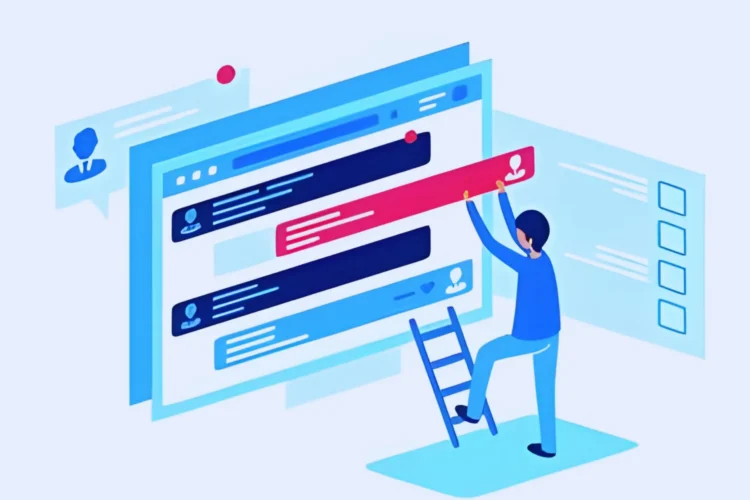
In the vast landscape of the internet, the terms “website” and “web portal” are often used interchangeably, leading to confusion about their actual meanings and functionalities. While both serve as gateways to the digital realm, they possess distinct characteristics and purposes. In this article, we’ll delve into the disparities between websites and web portals, elucidating their unique features, applications, and significance in the online domain.
Websites: A Digital Showcase
At its core, a website is a collection of web pages accessible through the internet. It serves as a digital representation of an entity, be it an individual, organization, business, or institution. Websites are primarily informational, offering content such as text, images, videos, and interactive elements to visitors. They serve various purposes, ranging from disseminating information to providing services and facilitating communication.
Key Features of Websites:
Static Content: Websites typically feature static content that remains unchanged unless manually updated by the website owner or administrator. This content is often informational, providing details about the entity, its products or services, contact information, and other relevant data.
Navigation Structure: Websites have a hierarchical navigation structure consisting of pages organized into categories and subcategories. Visitors can navigate through these pages using menus, links, or search functions to access the desired information or resources.
Limited Interactivity: While some websites incorporate interactive elements such as forms, surveys, or comment sections, their primary focus is on presenting information rather than facilitating extensive user interaction.
One-Way Communication: Websites primarily serve as platforms for one-way communication, with the website owner or administrator disseminating information to visitors. Interaction from visitors, such as feedback or inquiries, is often limited to predefined channels.
Public Accessibility: Websites are generally accessible to the public, allowing anyone with an internet connection to visit and browse the content. They serve as digital storefronts, providing visibility to individuals, business, or organizations on a global scale.
Examples of Websites:

- Personal blogs
- Corporate websites
- E-commerce stores
- Educational websites
- News portals
Web Portals: A Gateway to Resources
In contrast to websites and web portals are dynamic online platforms that provide personalized access to a variety of resources, services, and tools. They act as gateways or entry points to specific domains or ecosystems, aggregating content and functionalities from various sources into a unified interface. Web portals aim to streamline access to information and services, enhancing user convenience and efficiency.
Key Features of Web Portals:
Aggregated Content: Web portals aggregate content from multiple sources, such as websites, databases, applications, and external services, into a single interface. This allows users to access diverse resources without navigating through different platforms separately.
Personalization: Web portals often incorporate features for user authentication and customization, enabling personalized experiences based on individual preferences, roles, or permissions. Users can customize their portal settings, content preferences, and access rights according to their needs.
Interactive Functionality: Unlike traditional websites, web portals emphasize interactivity and engagement, offering features such as collaboration tools, messaging systems, task management, and multimedia content sharing. Users can interact with each other and use the portal’s features to accomplish tasks and achieve objectives.
Role-Based Access Control: Web portals typically implement role-based access control mechanisms, allowing administrators to define user roles and permissions based on their responsibilities and privileges. This ensures secure access to sensitive information and resources, preventing unauthorized usage or data breaches.
Integration Capabilities: Web portals often support integration with external systems, applications, and APIs (Application Programming Interfaces), enabling seamless data exchange and interoperability. This allows users to leverage existing infrastructure and services within the portal environment.
Examples of Web Portals:

- Employee intranet portals
- Customer relationship management (CRM) portals
- Learning management systems (LMS)
- Government service portals
- Healthcare patient portals
Distinguishing Between Websites and Web Portals
While websites and web portals share commonalities as online platforms, several key distinctions set them apart:
Purpose: Websites primarily focus on providing information or showcasing content, whereas web portals prioritize facilitating access to resources, services, and tools.
Interactivity: Websites offer limited interactivity and communication channels, while web portals emphasize collaboration, communication, and task management features.
Customization: Web portals offer greater customization and personalization options for users, allowing them to tailor their experiences based on preferences and roles.
Integration: Web portals have robust integration capabilities, enabling seamless interaction with external systems and services, whereas websites are standalone entities with limited integration functionalities.
Access Control: Web portals implement role-based access control mechanisms to manage user permissions and data security effectively, whereas websites typically have simpler access control mechanisms.
Conclusion
In summary, while websites and web portals both serve as gateways to the digital world, they cater to distinct needs and objectives. Websites excel at providing information and establishing an online presence, while web portals offer advanced functionalities for accessing, interacting with, and managing resources. Understanding the disparities between these two entities is crucial for leveraging their respective strengths and effectively navigating the online landscape. Whether you’re looking to establish an online presence, disseminate information, or streamline access to resources, choosing the right platform—be it a websites and web portals—depends on your specific requirements and objectives in the digital realm.


